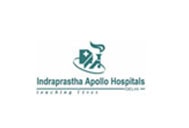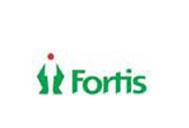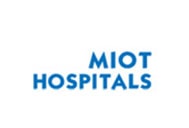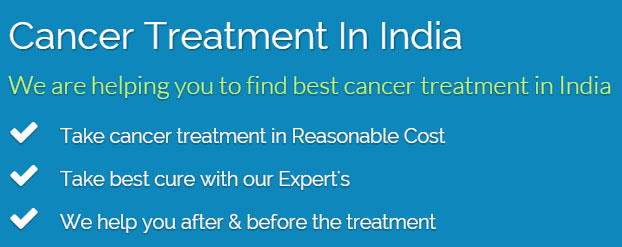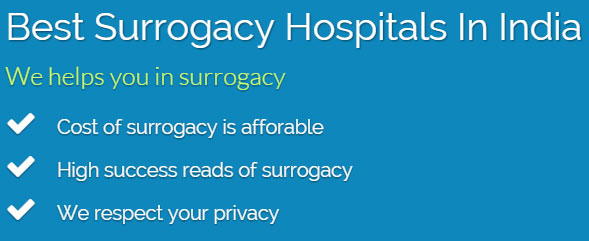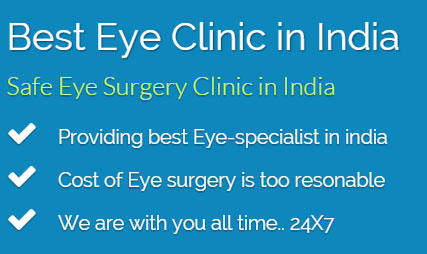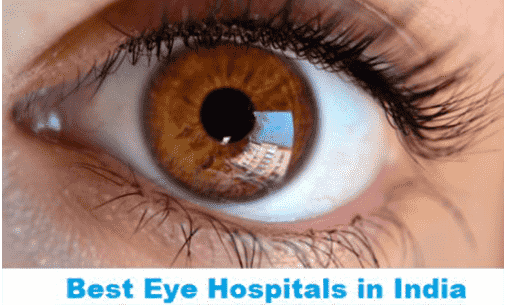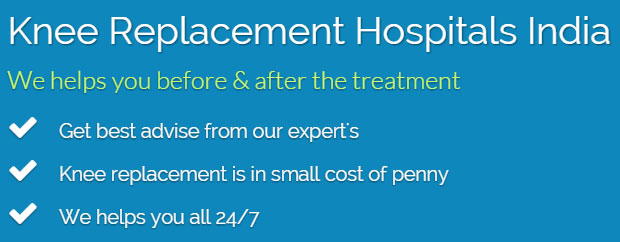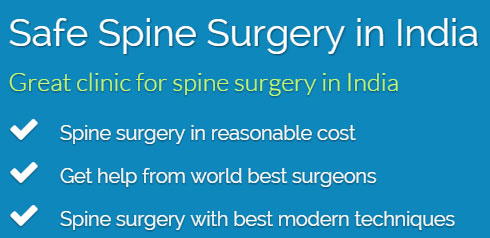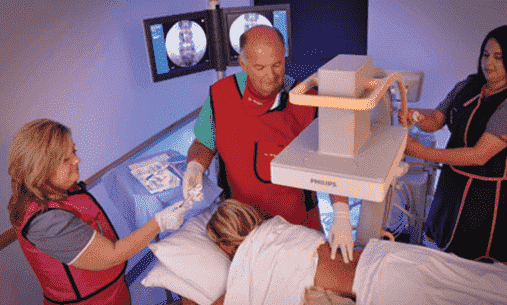LASER ASSISTED HATCHING IN INDIA
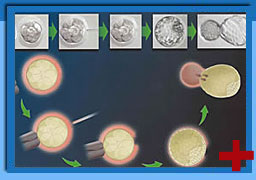
What is laser hatching ?
A covering layer, or 'shell' surrounds embryos or blastocysts called the Zona Pellucida (ZP). The zona has an important role in fertilisation as it allows only one sperm to penetrate the zona and enter the egg to achieve fertilisation. It also acts to prevent premature implantation in the Fallopian tube and may help prevent the early embryo from being attacked by cells of the immune system.
The embryos have to "hatch" or break out of the zona in order to embed into the endometrium lining the uterine cavity. This occurs about four to five days after embryo transfer when the embryo is at the blastocyst stage. Naturally this takes place by expanding/contracting of the zona until it distorts, allowing the blastocyst to "hatch".
Methods of Laser Assisted Hatching India
 Chemical :
This involves chemicals (acid tyrodes) used to produce a weakened area of the zona. The chemical is applied through a microtool, manipulated by an embryologist. It is not entirely accurate, as when working with such small amounts of chemicals, it is hard to quantify the dose with pinpoint accuracy. The acid then has to be washed off in order to prevent further damage to the embryo.
Chemical :
This involves chemicals (acid tyrodes) used to produce a weakened area of the zona. The chemical is applied through a microtool, manipulated by an embryologist. It is not entirely accurate, as when working with such small amounts of chemicals, it is hard to quantify the dose with pinpoint accuracy. The acid then has to be washed off in order to prevent further damage to the embryo.  Laser :
The zona is drilled by the microlaser system called Fertilase. It creates a clean-cut precise incision in the zona. Laser assisted hatching cost india became very low.
Laser :
The zona is drilled by the microlaser system called Fertilase. It creates a clean-cut precise incision in the zona. Laser assisted hatching cost india became very low.Online Support 24/7
For more information, medical assessment and medical quote send your detailed medical history and medical reports as email attachment to Email : - info@wecareindia.com Call: +91 9029304141 (10 am. To 8 pm. IST) (Only for international patients seeking treatment in India)
Laser
This is more accurate for several reasons : -- The process is fast compared to the chemical method, thus the embryo does not have to be held still by a suction pipette. As well as this factor, we use a vibration free table to avoid any accidental movement of the embryo.
- The accuracy of the laser is predetermined by its programming, and is therefore not dependent on the skill of the operator. There is a high degree of reproducible accuracy.
Who is Suitable for Laser Assisted Hatching ?
At the We Care's partner Fertility Centres, patients who are considered for laser assisted hatching are : -
- Those patients who have IVF or ICSI who are over 37 years
- Patients having FER
- Patients who have had a previous failed IVF or ICSI treatment cycle
- Patients undergoing IVF/ICSI for the first time, who are considered poor responders because they have required a high dose of gonadotrophins for poor ovarian response
- Patients who in an earlier IVF cycle have had a low fertilisation rate, for example, less than one third of the embryos achieving fertilsation
- Patients with three or fewer embryos
- Patients who request laser assisted hatching and are fully informed of its use and function
Laser assisted hatching - a photo essay
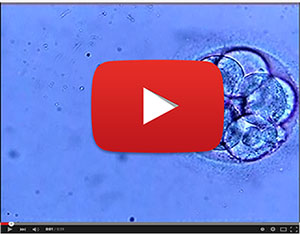 It's a sad fact that IVF technology today is still not perfect. Only one of ten embryos we transfer in the uterus implants successfully in the endometrium to become a baby. Why is the embryo implantation rate only 10 ? Some doctors believe this is because the surrounding shell of the embryo (called the zona pellucida) hardens when it is cultured in the laboratory.
It's a sad fact that IVF technology today is still not perfect. Only one of ten embryos we transfer in the uterus implants successfully in the endometrium to become a baby. Why is the embryo implantation rate only 10 ? Some doctors believe this is because the surrounding shell of the embryo (called the zona pellucida) hardens when it is cultured in the laboratory.
We can use "embryo surgery" called zona drilling or assisted hatching to "soften" the shell of the embryo. This helps to increase pregnancy rates by improving implantation rates, since embryo hatching is facilitated. In the past, this was done using acid (acid Tyrode's), but this can damage the embryo. Today, we can precisely create an opening in the zona safely and effectively with the use of a laser. Laser assisted embryo hatching available in just low cost in india.
We Care Health Services Hospitals
Copyright © 2009 - 2015 We Care India. All Rights Reserved.
Home | About Us | Site Map | Get a Quote | Disclaimer | Advertise With Us | Contact Us
